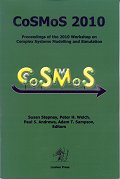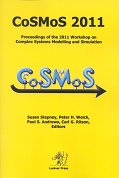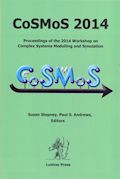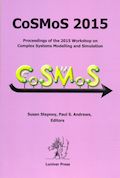This book describes CoSMoS (Complex Systems Modelling and Simulation),
a pattern-based approach to engineering trustworthy simulations
that are both scientifically useful to the researcher and scientifically credible to third parties.
This approach emphasises three key aspects to this development of a simulation as a scientific instrument:
the use of explicit models to capture the scientific domain, the engineered simulation platform, and the experimental results of running simulations;
the use of arguments to provide evidence that the scientific instrument is fit for purpose;
and the close co-working of domain scientists and simulation software engineers.
In Part I the authors provide a managerial overview:
the rationale for and benefits of using the CoSMoS approach,
and a small worked example to demonstrate it in action.
Part II is a catalogue of the core patterns.
Part III lists more specific “helper” patterns, showing possible routes to a simulation.
Finally Part IV documents CellBranch, a substantial case study developed using the CoSMoS approach.








